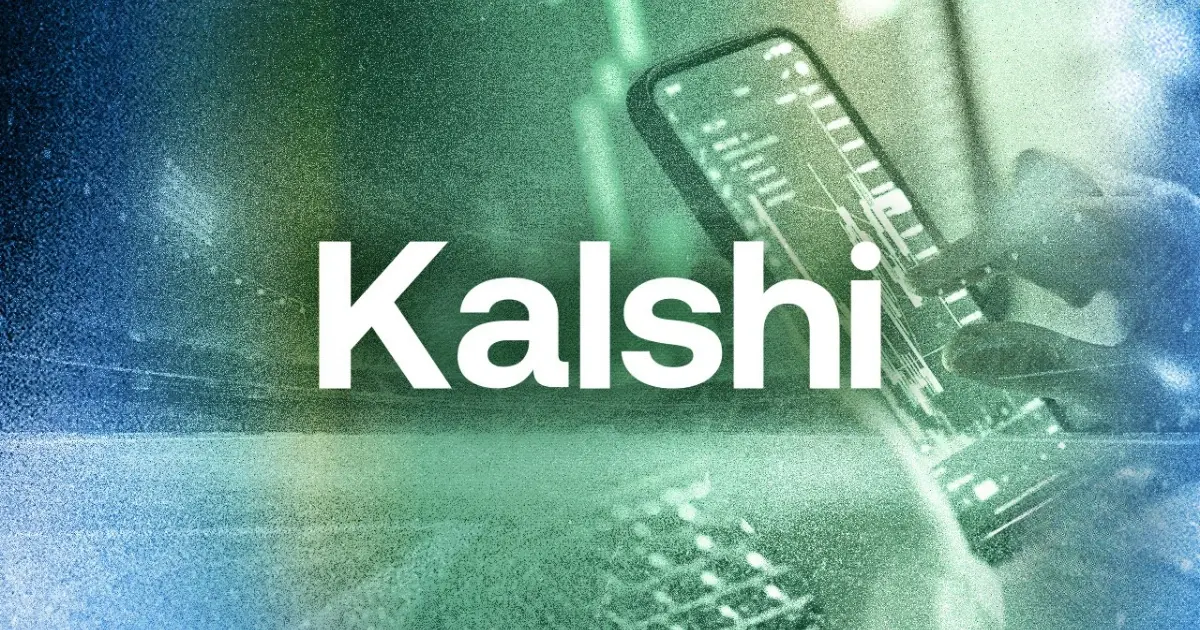Regulatory Battle: The "Constitutional-Level" Clash of Federal vs. State Law
Kalshi's biggest moat is its CFTC federal regulation. As a DCM, it is classified as offering "financial derivatives" rather than "gambling," thus exempt from state gambling laws. This allows it to operate legally in states like California, Texas, and Florida which prohibit sports betting.
However, this "federal preemption" triggered a collective backlash from state governments, tribal casinos, and sports betting giants:

On October 28, 2025, the New York State Gaming Commission (NYSGC) issued a Cease-and-Desist order against Kalshi, demanding it stop offering sports event contracts in New York.
On the same day, Kalshi filed a lawsuit in the US District Court for the Southern District of New York, alleging the NYSGC violated the principle of federal Supremacy.
To date, Kalshi is engaged in lawsuits with 8 states (New York, Arizona, Illinois, Wisconsin, etc.). Preliminary injunctions have been granted in Nevada and New Jersey, allowing Kalshi to continue operations.
A deeper conflict stems from tribal monopolies. Indian tribes in California and Wisconsin, citing the 1988 Indian Gaming Regulatory Act (IGRA), hold exclusive rights to gambling within their states. Kalshi's nationwide sports contracts are seen as "eroding tribal revenue."
Technical Architecture: Three-Layer Protocol Stack + Institutional-Grade Liquidity
Kalshi's tech stack is divided into Entity Layer, Protocol Layer, and Application Layer.
Entity Layer: Official Data Feeds + Automated Settlement
Data Sources: Government announcements (BLS, Fed), Sports leagues (NHL Stats API), Weather services (NOAA).
Settlement Engine: Automatically triggers within 5 minutes after an event concludes, with 99.97% accuracy.
Dispute Mechanism: Users holding >0.1% of a contract can initiate arbitration, proceeding to a CFTC-regulated dispute committee.

Protocol Layer: Event Contracts Standard
Each contract is an ERC-1400 style digital instrument, containing event definition, settlement time, and data source.
Supports Range Contracts (e.g., "CPI between 2.1%–2.3%") and Multi-Outcome Contracts (e.g., "Oscar Best Picture").
In 2025, introduced Rolling Contracts, allowing positions to be rolled over across months.
Application Layer: Kalshi App + API
App Features: Real-time price charts (similar to TradingView), one-click orders (Limit/Market/Stop-Loss), combination strategies (cross-event arbitrage).
API: Supports high-frequency trading; institutions like SIG inject liquidity via API.
Event Contract Mechanics: Probability Gaming from 1¢ to 99¢
Kalshi's Event Contracts are minimalist by design:
Price = Probability: A 60¢ price implies a 60% probability.
Maximum Payout: Buying a contract for 1¢ yields a 99¢ profit (99x) if the event occurs.
Fees: Trading fees of 0.5%–1%; no leverage, no margin.
Trading Example:
User A buys 1000 "Will the government shutdown last until November 15?" contracts at 44¢ each. The shutdown actually lasts 44 days, so the contract settles to "Yes."
Profit = 1000 × ($1.00 - $0.44) = $560 (approximately $554 after fees).
The platform provides market maker liquidity, ensuring depth even for niche events (e.g., "Hurricane makes landfall in Florida in December").
Institutional Participation: From Hedge Funds to Fantasy Sports Platforms
Kalshi is no longer a retail toy. In 2025, institutional trading volume accounted for 68%:Hedge Funds: Use economic indicator contracts to hedge interest rate risk.
Fantasy Sports Platforms (e.g., Underdog): Use sports contracts to hedge player prize pool volatility.
Insurance Companies: Use climate contracts to hedge claim costs.
Corporate Treasury Departments: Use crypto price contracts to lock in budgets.
SIG, as a market maker, provides up to $200 million in daily liquidity, keeping spreads within 0.5¢.
Kalshi: The Federal Sovereign Model for Prediction Markets
In the prediction market arena, Polymarket represents decentralized freedom, PredictIt represents academic experimentation, while Kalshi represents compliant sovereignty. It uses its CFTC license to break through state barriers, uses institutional liquidity to bridge the retail gap, and uses event contracts to transform future uncertainty into tradable assets.
When hedge funds use Kalshi to hedge interest rate risk, when fantasy sports platforms use it to stabilize prize fluctuations, when NHL fans use it to express conviction in their champion – what we are witnessing is not just another trading platform, but a silent revolution using financial incentives to reshape global consensus. Kalshi is not the endpoint; it is the starting point for the mainstreaming of prediction markets.

